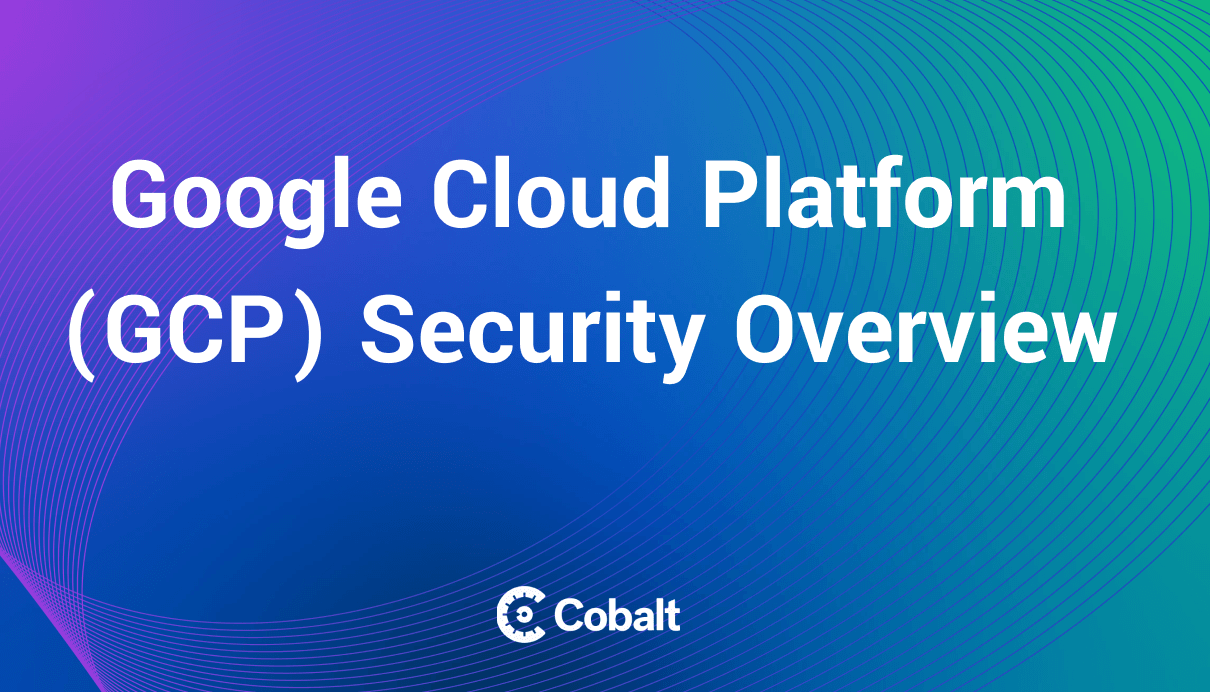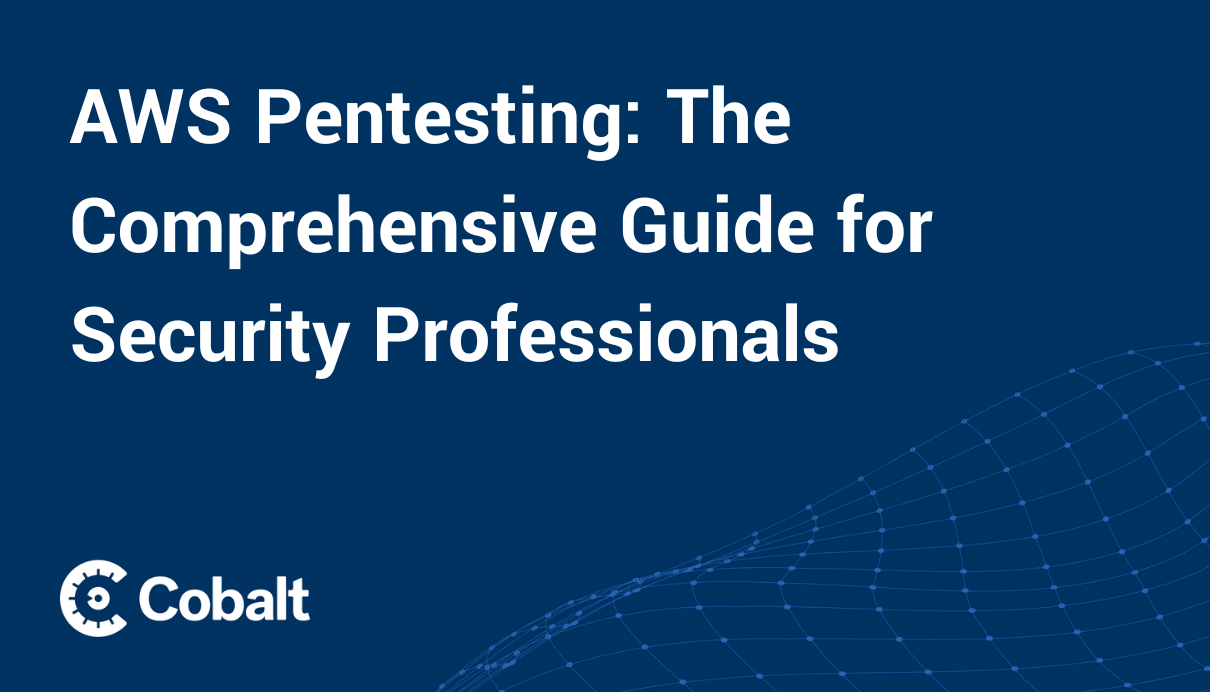This content was co-authored by AI. Discover our editorial practices.
The digital landscape was recently shaken by an unprecedented Distributed Denial-of-Service (DDoS) attack, mitigated by Google Cloud. This attack, peaking at a staggering 398 million requests per second, not only broke records but also unveiled a disturbing trend: DDoS attacks are rapidly evolving in scale and sophistication.
DDOS Attack Details
In August, Google Cloud intercepted what is now known as the largest DDoS attack in history.
Google noted in the announcement, “for a sense of scale, this two minute attack generated more requests than the total number of article views reported by Wikipedia during the entire month of September 2023.”
The attack employed a novel "Rapid Reset" technique, exploiting the stream multiplexing feature of the HTTP/2 protocol, marking a significant evolution in Layer 7 attacks.
Industry-Wide Impact and Response
This series of attacks, still ongoing, has targeted major internet infrastructure providers, including Google Services and Google Cloud Platform.
The impact of such attacks is far-reaching, often resulting in significant business loss and downtime. Google's response was swift and effective, leveraging their global infrastructure for DDoS mitigation.
Equally important was their role in leading a cross-industry effort to understand and counteract these attacks, underscoring the necessity of collaborative defense strategies in cybersecurity.
Vulnerabilities and Mitigation Strategies
At the heart of these attacks is a vulnerability tracked as CVE-2023-44487, posing a threat to any HTTP-based internet service. Google’s investigation and subsequent action highlight the critical need for timely patching and updating of systems. However, defending against such colossal attacks requires more than just patches; it demands substantial infrastructure resilience, a challenge for many organizations.
Learning from the Incident
The recent attack serves as a potent reminder of the dynamic nature of cyber threats. Staying ahead requires not only vigilance but also a proactive approach to security. This is where the expertise of specialized cybersecurity firms becomes invaluable. By offering sophisticated solutions tailored to combat such advanced threats, Cobalt stands ready to assist businesses in fortifying their digital defenses through pentesting and other offensive security services.
Conclusion
As the scale and complexity of cyber threats continue to escalate, so must our collective response. This incident is a stark reminder of the importance of proactive security measures and the value of industry-wide collaboration.
Staying informed and prepared is key, and Cobalt is committed to providing the insights and tools needed for robust cyber defense.










